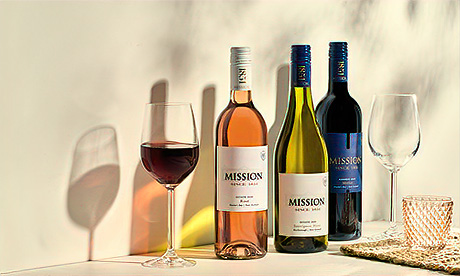Cîteaux with its nine-hundred-year history, its image of those most un-modern of being, monks, working with the hands, and the expectation of a unique, rather than mass-produced, flavour make it a winner.
The success of the monks selling cheese on-line should not surprise us.
We want our food to have a story!
The mass-production of the food industry may have given us the cheapest food in history (if measured solely in economic terms). And it may have made those of us living in the industrialised first world the best fed – and most obese – people the planet has ever known.
But we do not like to think about that. Our hearts and imaginations lie elsewhere.
We know that most of the food we eat – much of it nearly ready for consumption – has been processed rather than cooked. We eat the same international brands of ready-made “this”, and instant “that”, but we long for something more.
A hamburger restaurant is very handy. It’s convenience food, after all. But it is not in the least romantic, charming or special.
It is what it is. It should be respected for its honesty, but we still want something more.
The artisan
The most popular idea in food marketing is that of the artisanal – food prepared by an artisan on a small scale who is in touch with the nature of the produce; someone long experience.
This is food prepared with the care that comes from skilled people using their art, skills and hands.
In having artisanal food, I become a collaborator with such real, earthy people. I absorb not only the nutrition, food as fuel, but the spirit of the production: food as a human basic.
This is why the cheese from Cîteaux was guaranteed to be a success.
Those who purchased it were not just getting an excellent creamy cheese, but were sharing in the story of the man who made it – and a history stretching back centuries.
When the liturgy
fails to praise God
from the story of those
who belong to the worshipping community
it denies its very nature as a celebration
emerging from the lives
of all its celebrants.
Many of the purchasers had never tasted it before – just as I have never tasted it, nor did they know that Cîteaux was founded in 1098 and it is the home of a great reform movement among the western Churches.
What they knew was that it was somehow more real, more earthed, more human and more story-filled than some plastic-wrapped, much-hyped cheese-spread that could be bought in every superstore from the Vatican to Vladivostok.
So beer from the monks of Mount St Bernard’s Abbey in England and from a dozen monasteries in Belgium, smoked sausages from some of the German monasteries, and liqueurs from Italian convents are all sure to sell.
Mass-production without a story
Now consider the food of our Eucharistic celebrations. Plastic roundels without flavour and with a story. The altar bread had the dubious distinction for being the world first mass-produced foodstuff.
The hundreds of wafers, stacked up in a ciborium for fast delivery, are the polar opposite of the artisanal loaf from a local bakery smelling of freshness.
Yet the roundels do have a story – a theological story. But it’s one that does not speak to the senses.
The food has a story – a great story reaching back to Emmaus and the Last Supper and the meals of Jesus and the Eucharistic meals of Jewish communities for hundreds of years before Jesus. But we do not capture it in these wafers.
We say that our Eucharistic gatherings are the centre and summit, and we call it the feast of feasts. But this is just head stuff. The hands and heart and senses are all in abeyance.
We claim that we believe God works through created means within a sacramental universe. But that basic object of our senses and the sustenance of our bodies, a loaf of bread, has no place in this event. The words are in one sphere, the experience in another.
And we wonder why so many find liturgy unrewarding!
Local work, real story
But how about this situation.
Imagine if at our Eucharist the person who presented the gift of the loaf – at the Presentation of the Gifts – was the person who had baked it.
It would now be Jill’s loaf or Bill’s loaf or Cathy’s loaf or Mike’s loaf.
It would come with their skill and their story – and become our loaf.
The preparation of the loaf, the work of an artisan, would be part of the story of this community, this Church, this Body of Christ.
Likewise with the wine.
Instead of the blandly sweet sherry-like liquid that most people do not link with the word “wine”, we might have a family who had bought a bottle of wine that they were giving for the whole community this Sunday.
These are small steps, but they might be the first steps in creating an authentic liturgy with a real human story that is our story.
It might help us toward a liturgy that is an authentic expression of the community.
When the liturgy fails to praise God from the story of those who belong to the worshipping community it denies its very nature as a celebration emerging from the lives of all its celebrants.
- Thomas O’Loughlin is a priest of the Catholic Diocese of Arundel and Brighton and professor of historical theology at the University of Nottingham (UK). His latest book is Eating Together, Becoming One: Taking Up Pope Francis’s Call to Theologians (Liturgical Press, 2019)
